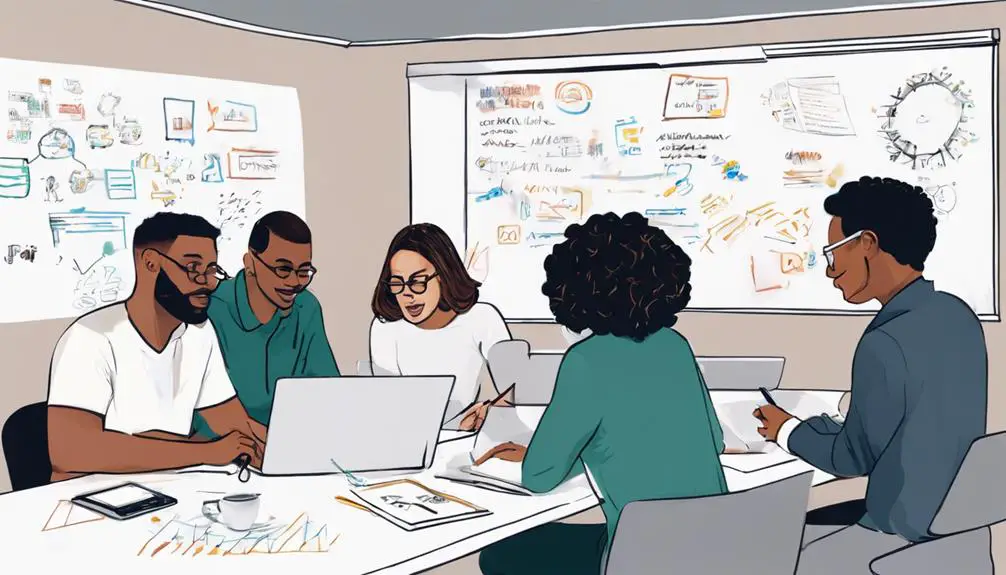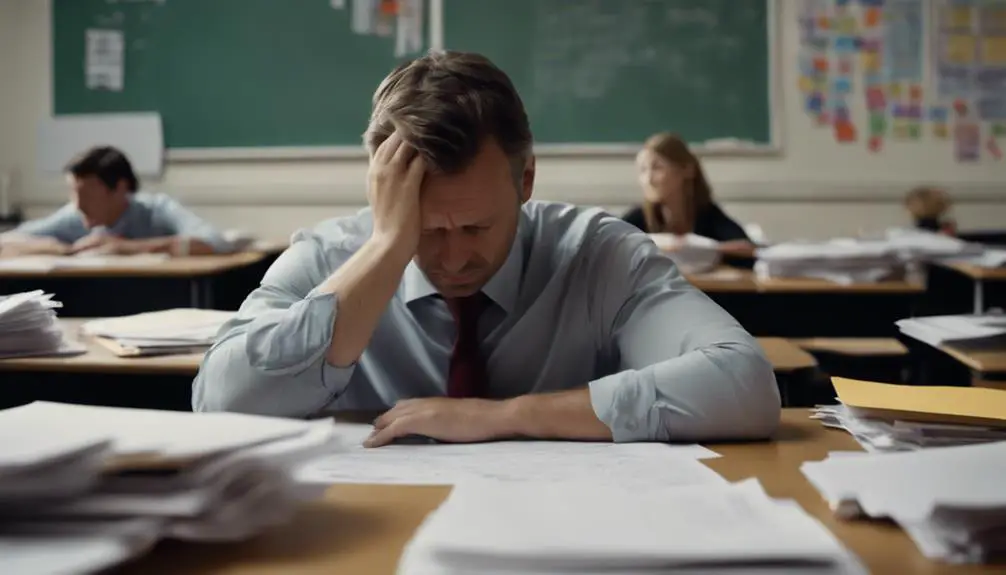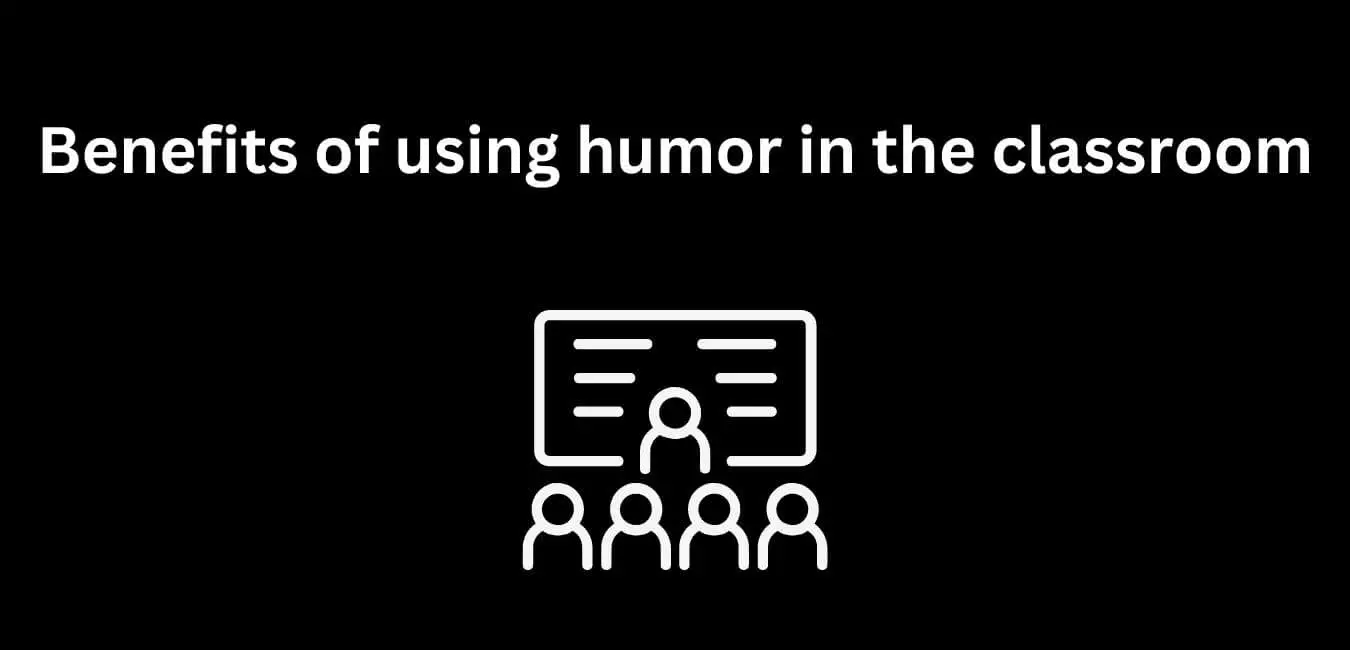In my experience, a team I once collaborated with faced challenges in meeting deadlines until we developed a system for assigning specific roles tailored to individual strengths. Clearly defining each member’s responsibilities led to an immediate enhancement in collaboration and productivity.
However, I discovered that merely assigning roles was insufficient; we needed to create a framework that fostered open communication and adaptability. This realization could significantly influence our approach to teamwork and performance.
For instance, we implemented regular check-in meetings where team members could discuss their progress and voice any concerns. This practice not only kept everyone informed but also allowed for adjustments in roles as needed, ensuring that tasks aligned with each person’s evolving strengths.
Furthermore, we encouraged feedback after each project, which helped us refine our approach and build a more cohesive team dynamic. Establishing these practices was crucial because they promoted a culture of trust and support.
When team members felt comfortable sharing their thoughts, we were able to address issues quickly and maintain momentum toward our goals. This experience underscored the importance of not only assigning roles but also nurturing an environment where collaboration thrives.
Best Practices for Assigning Group Roles

When assigning group roles, I always begin by establishing clear objectives for the team. This organized method enhances the team’s understanding of the task at hand and significantly contributes to successful collaboration, as it ensures every member is aware of their specific responsibilities.
It’s crucial to evaluate each individual’s unique strengths to effectively match them with the appropriate roles. Maintaining open lines of communication is essential; it clarifies each person’s role and encourages opportunities for collaboration.
For instance, if a team member excels in research while another has strong presentation skills, assigning them to research and presentation tasks, respectively, can lead to a more efficient and harmonious working environment.
Define Clear Objectives
Establishing clear objectives is crucial for effectively assigning roles within a group. When I prioritize team goal setting, I ensure that each member comprehends our mission and their specific contributions. This understanding cultivates motivation and dedication, which are essential for serving others.
I implement group alignment strategies to connect our goals with the needs of those we aim to support. To evaluate our progress, I employ objective measurement tools that provide concrete benchmarks. These instruments allow us to assess our current status and identify areas for improvement.
Furthermore, I use outcome evaluation methods to analyze the impact of our initiatives. By reviewing results as a team, we can acknowledge our successes and learn from the obstacles we encounter.
I also establish performance tracking systems to maintain accountability and engagement among all members. These systems monitor individual contributions and illustrate how each role contributes to our overall mission.

Assess Individual Strengths
To assign roles effectively within a group, I prioritize evaluating individual strengths from the outset. Conducting a personal skill assessment is crucial for gaining insight into what each team member can contribute. Through detailed evaluations, I can pinpoint specific talents and areas of expertise.
I utilize strengths inventory analysis to measure skills and preferences, enabling me to align roles with the right individuals. Furthermore, I arrange one-on-one feedback sessions where team members can discuss their strengths and career aspirations openly. This approach fosters trust and empowers them to take ownership of their contributions.
Employing performance profiling techniques allows for a comprehensive understanding of each member’s potential impact on the group’s objectives. Recognizing their unique capabilities enables me to assign roles that enhance collaboration and drive progress.
This method cultivates a supportive environment where every individual feels valued and motivated to contribute to the success of the team. Assessing individual strengths isn’t merely about filling roles; it’s about creating a vibrant dynamic where each team member can excel and meaningfully engage with our collective goals.
Encourage Open Communication
Open communication is essential for creating a collaborative atmosphere where team members feel secure in sharing their ideas and concerns. I’ve observed that employing active listening techniques significantly enhances our discussions. When I attentively listen to my colleagues, it conveys that I value their contributions, which fosters trust within the group.
I also prioritize the establishment of feedback loops. Regular check-ins allow us to identify and address issues promptly, ensuring that everyone feels acknowledged and valued. This level of transparency not only enhances our teamwork but also fortifies our interpersonal relationships.
Incorporating empathy exercises has proven beneficial as well. Taking time to appreciate each other’s viewpoints helps us nurture an environment characterized by support and understanding. This practice strengthens our bonds and promotes vulnerability, both of which are crucial for fostering open conversations.
Moreover, I place great emphasis on transparent communication. Sharing updates and decisions openly ensures that everyone stays informed and included. This commitment to openness cultivates a sense of belonging and encourages individuals to express their thoughts without hesitation.
Ultimately, prioritizing open communication lays a solid groundwork for effective teamwork and shared success.
Establish Role Clarity
Establishing clarity around roles at the beginning of any group project is crucial for ensuring that everyone comprehends their responsibilities and how they contribute to the team’s objectives. When role expectations are clearly defined, it cultivates a heightened awareness of responsibility among team members. Each individual understands what’s expected of them, leading to improved alignment within the team.
I prioritize aligning tasks with the specific skills of each individual, allowing team members to excel in their areas of expertise. This approach not only enhances their confidence but also elevates the overall performance of the group. When roles are well-defined, collaboration becomes more efficient and effective.
My leadership is instrumental in this process. Through consistent communication and emphasis on the significance of each role, I foster an atmosphere where team members feel appreciated and motivated. This clarity helps us face challenges directly and work together toward a unified vision.
Ultimately, prioritizing role clarity empowers everyone to make meaningful contributions, ensuring that our combined efforts lead to success. Clearly establishing these roles is a foundational step in any group endeavor, laying the groundwork for productive teamwork.

Foster Collaboration Opportunities
Once role clarity is established, creating opportunities for collaboration among team members becomes essential. Fostering a collaborative environment enhances team dynamics and strengthens interpersonal relationships. One effective approach is to hold regular brainstorming sessions. These gatherings allow everyone to contribute ideas and actively engage, ensuring that all voices are acknowledged and valued.
Incorporating trust-building exercises into our routine has also proven to be highly beneficial. Such activities enhance rapport and promote openness, which is crucial for effective communication. When team members feel secure, they’re more inclined to provide constructive feedback, resulting in productive feedback loops that refine our processes and improve outcomes.
Promoting social interactions beyond formal tasks can also deepen connections. Casual coffee chats or team lunches serve as valuable opportunities for team bonding. Encouraging participation in these informal gatherings cultivates a sense of belonging and encourages collaboration among team members.
Rotate Roles Regularly
Regularly rotating roles within a team can significantly enhance performance and engagement. Introducing diverse responsibilities leads to a more adaptable and innovative team. When team members shift their duties, they gain unique opportunities for skill development, which enriches their contributions. This rotation not only revitalizes our work but also fosters a shared sense of ownership among all members.
Moreover, this practice reveals individual strengths and weaknesses in various roles. It facilitates leadership growth, as team members gain insights into different project aspects, deepening their understanding of team dynamics. I’ve observed how stepping out of familiar roles encourages personal and professional growth.
The effect on team cohesion is noteworthy; as we rotate roles, we begin to appreciate each other’s skills and viewpoints, which strengthens our relationships. Everyone feels valued and empowered, creating a more collaborative environment.
Embracing role rotation has transformed our group into a cohesive unit where each member is encouraged to contribute to our common objectives. Ultimately, the focus is on mutual support and cultivating an environment conducive to success.
Set Accountability Standards
Establishing clear accountability standards is essential for the effectiveness of group roles. Accountability frameworks help define expectations and clarify responsibilities within the team. Creating responsibility matrices allows us to visualize each member’s specific tasks, ensuring everyone understands their contributions to our shared objectives.
To track our progress, implementing performance metrics is crucial. These metrics serve as benchmarks for our efforts, keeping us aligned with our goals. When we set these standards, it’s crucial to incorporate feedback mechanisms. Regular check-ins facilitate open discussions about challenges and allow us to recognize achievements, fostering a culture of trust.
When team members understand their accountability, they’re more inclined to take ownership of their responsibilities. I’ve seen how establishing these standards cultivates a supportive environment where everyone feels empowered to contribute to the team’s success. This understanding promotes collaboration, as each individual recognizes how their work affects the group.
In my experience, prioritizing accountability standards enhances individual performance and strengthens our collective commitment to serving our community. By focusing on accountability, we establish a foundation that nurtures trust, enabling everyone to contribute meaningfully to our shared mission.
Monitor Group Dynamics
Monitoring group dynamics effectively is crucial for assigning roles that enhance collaboration and boost productivity. Observing team behavior allows me to see how individuals interact and support one another. This observation helps identify who tends to take on leadership roles naturally and who might require encouragement to step into those positions.
Recognizing the various conflict styles within the group enables me to predict potential challenges. This understanding allows me to assign roles that leverage each member’s strengths while also promoting unity within the team. For instance, if I notice that certain members tend to shy away from conflict, I can assign them a role that promotes open communication and fosters problem-solving.
Conducting regular check-ins and feedback sessions equips me to address any shifting dynamics promptly. My goal is to create an environment where everyone feels valued and heard, which ultimately enhances our collective performance.
Provide Training Resources
To enhance the process of assigning group roles, I focus on supplying comprehensive training resources that equip team members with necessary skills. Virtual training sessions have proven to be highly effective in creating a collaborative atmosphere, enabling participation from any location. These sessions address essential skills and concepts relevant to their roles.
I also integrate role-playing exercises that replicate real-life situations. This practical approach allows members to gain a deeper understanding of their responsibilities and fosters self-assurance.
Furthermore, I develop online resource libraries, ensuring that all team members can easily access materials that aid in their professional growth.
To enrich the learning experience, I introduce peer feedback systems, where team members provide insights and constructive critique to one another. This practice not only enhances their skills but also cultivates trust within the team.
In addition, I set up mentorship programs that connect seasoned members with newcomers. This tailored support promotes a culture of continuous learning and development, enabling everyone to excel and contribute meaningfully.
Recognize Contributions Publicly
Recognizing contributions publicly holds significant power in affirming the worth of each team member’s efforts. When I celebrate individual achievements, it enhances morale and strengthens our group cohesion.
Implementing effective team recognition strategies can significantly improve our work environment.
Here are some methods I’ve adopted for public appreciation:
- Peer acknowledgment programs: Encouraging team members to appreciate one another cultivates a culture of support and respect. This not only fosters camaraderie but also motivates individuals to contribute their best.
- Success sharing platforms: Utilizing platforms dedicated to showcasing achievements allows everyone to understand the broader impact of their work and feel valued. This visibility can inspire further engagement and effort.
- Group motivation techniques: Organizing regular sessions for shout-outs enables us to celebrate milestones collectively, reinforcing our shared goals. For example, a monthly gathering to highlight individual successes can create an atmosphere of enthusiasm and accountability.
Create Conflict Resolution Plans
Recognizing individual contributions creates a positive atmosphere, but preparing for potential challenges within the team is equally crucial. Developing a conflict resolution plan is vital for sustaining harmony and productivity. I begin by pinpointing possible conflict triggers, which allows us to foresee issues before they escalate.
In our plan, I highlight the significance of emotional intelligence. Grasping each other’s viewpoints helps us approach concerns with empathy. I promote active listening during discussions, as it cultivates an environment where everyone feels acknowledged and appreciated.
When conflicts surface, I introduce mediation techniques to encourage open dialogue. These methods offer a structured pathway to resolving disagreements, enabling us to concentrate on solutions rather than dwelling on problems.
I also emphasize the value of negotiation skills; discovering common ground often leads to innovative compromises that are advantageous for all parties involved.
For example, in a recent team conflict over project deadlines, we employed a mediation approach where each member shared their perspective. This not only helped in resolving the issue but also strengthened team bonds.
Evaluate Role Effectiveness
To ensure each group member is positioned for success, evaluating role effectiveness is crucial for fostering an environment where everyone can excel.
Implementing structured metrics for role evaluation helps align individual contributions with their strengths and the group’s objectives.
I have discovered that utilizing a variety of feedback collection methods significantly enhances our understanding of role effectiveness.
Here are three effective strategies I’ve employed:
- Group role surveys: These surveys enable team members to provide insights on each other’s performance and contributions, fostering transparency and accountability.
- Performance assessment techniques: Conducting regular check-ins allows us to monitor individual progress and pinpoint areas where improvement is needed, ensuring that everyone is on track.
- Effectiveness measurement tools: Utilizing these tools yields quantitative data that complements our qualitative observations, giving us a fuller picture of each person’s impact.
These strategies not only promote a culture of continuous improvement but also empower each member to contribute meaningfully to the team’s success.

Celebrate Team Achievements
Acknowledging team achievements significantly enhances morale and emphasizes the importance of each individual’s contributions to our collective success. Celebrating our victories strengthens team cohesion and fosters meaningful shared experiences. Each success story enriches our group’s narrative, reminding us of the significance of our collective efforts.
To ensure that recognition events resonate deeply, I apply a straightforward framework that highlights our accomplishments effectively:
| Event Type | Description | Impact on Team |
|---|---|---|
| Team Lunch | Celebrate the completion of a project | Enhances team connections |
| Shout-Out Board | Weekly acknowledgment of individual contributions | Lifts spirits |
| Achievement Ceremony | Formal gathering for major milestones | Creates enduring memories |
| Thank You Notes | Customized messages of gratitude | Deepens individual relationships |
Recognizing achievements is crucial because it not only motivates the team but also reinforces a culture of appreciation and collaboration. For instance, a team lunch after completing a challenging project serves as an informal yet powerful way to celebrate hard work and foster connections among team members. Each of these recognition methods plays a vital role in building a supportive and engaged team environment.
Conclusion
In my experience, assigning group roles can be challenging but also highly rewarding. Focusing solely on tasks can be tempting, yet I have discovered that nurturing connections among team members significantly enhances the group dynamic. Striking a balance between structure and open communication is crucial in transforming a collection of individuals into a unified team. Recognizing each other’s strengths and celebrating our achievements fosters a strong sense of accomplishment, which ultimately surpasses any initial uncertainties. This combination of clear expectations and collaborative spirit is vital for achieving lasting success in any project.
For example, when assigning roles, consider the unique skills and interests of each team member. Perhaps one individual excels in organization, making them an ideal project coordinator, while another has a knack for creative problem-solving, fitting perfectly as the innovative strategist. By aligning roles with personal strengths, the team operates more effectively and with greater enthusiasm. Such thoughtful assignment leads to enhanced performance and morale, ensuring that everyone feels valued and engaged in the process.














